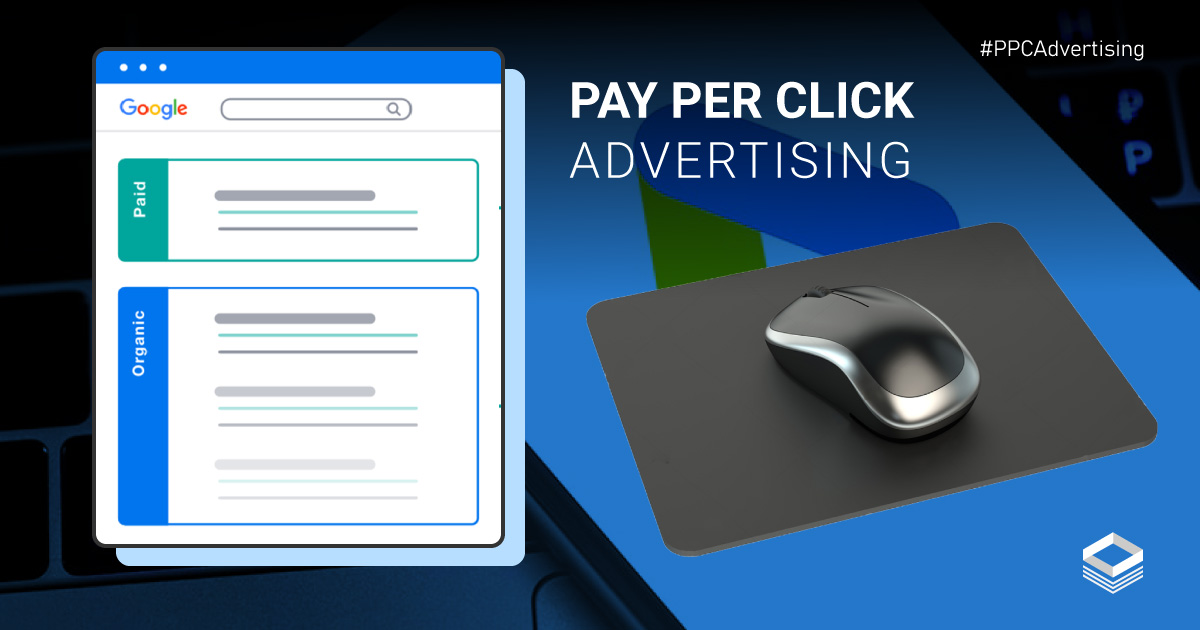Pay-Per-Click (PPC) is a paid online advertising model that lets businesses pay for the ads they place on search engines only when they are clicked by online users. This model allows businesses to display their ads in the sponsored section of the Search Engine Results Pages (SERPs). As an advertiser, you can bid for ad positions in the sponsored section when users enter their queries or keywords related to your niche, products, or services. These ads are usually displayed at the top of the SERPs and a fee is charged as and when a user clicks on them.
Hence the name “Pay-Per-Click Advertising”.
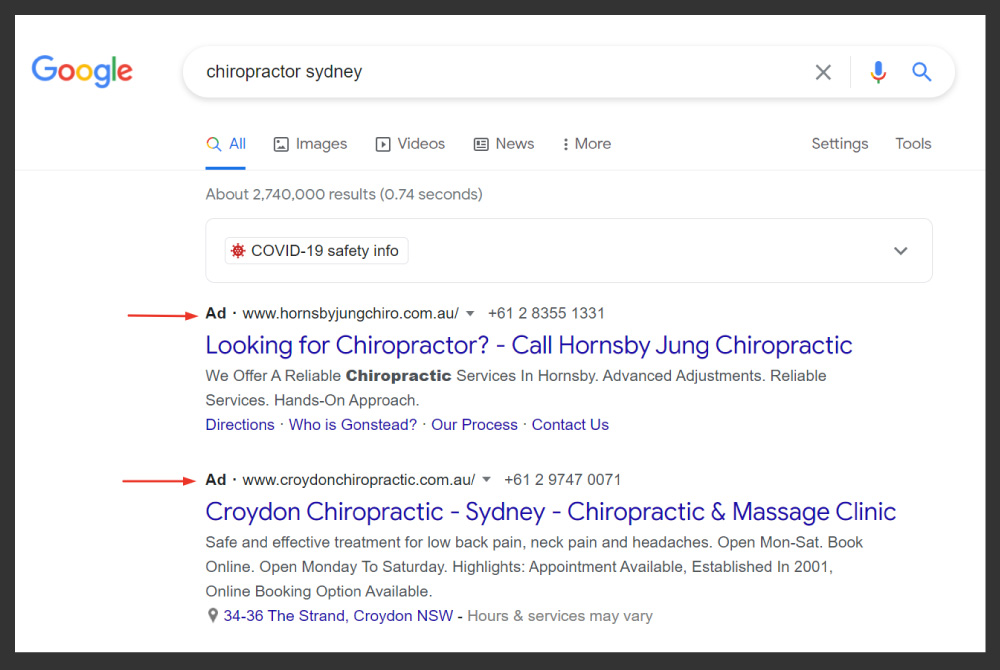
The PPC model is the bread and butter of most search engines like Google, Bing and Yahoo!. The various kinds of PPC ads these platforms allow include local search ads, paid search ads, display ads, social media ads and remarketing ads among other types.
These ads are displayed in the search results, on web pages, across social media channels, and on mobile apps. Usually, the search ads look similar to what’s shown in the organic results but they are marked with labels like ‘Ad’, ‘Promoted’, or ‘Sponsored’ to distinguish them from the organic sources.
How Does PPC Work?
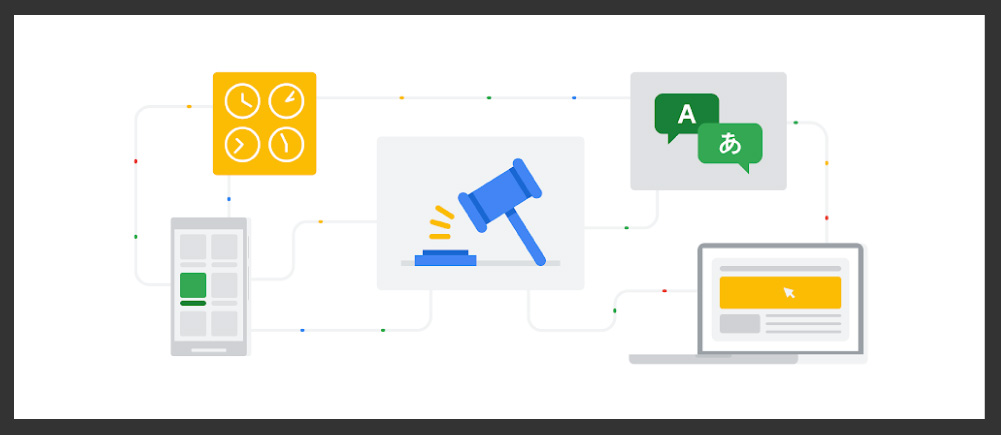
In PPC advertising, an automated bidding system — known as the Ad Auction — is held whereby search engines determine the relevance and validity of the ads that are to appear on their respective search engine result pages.
The advertisers bid on their targeted keywords. These targeted keywords are usually relevant to their business or niche and are the ones they want their ads to appear for in the search results. For example, if you are a brand that sells makeup, you are likely to appear in search results by bidding on the keyword ‘makeup products’.
You can use different keyword research tools to find the best keyword related to your business. The keyword research tools can also help you determine the search volume, cost per click, competitiveness, and a number of other metrics.
Once you’re done with the keyword research part, you may go on creating your ad, adding the target keyword and setting up the campaign within a search engine’s advertising system — in the case of Google, it’s Google Ads.
The higher you want your ad to be positioned, the higher will be the bid price. Apart from the bid price, search engine platforms also consider factors such as the quality of your ads, landing page experience, click-through-rate, ad extensions, etc. to determine the best-suited ad for the top position in the sponsored section.
When an online user searches for a relevant query, a complex calculation of algorithms is carried out by the search engine’s machine learning system. The results derived from these calculations can then determine the ads to be displayed and the order by which they are to be placed.
Is PPC the Same as SEM?
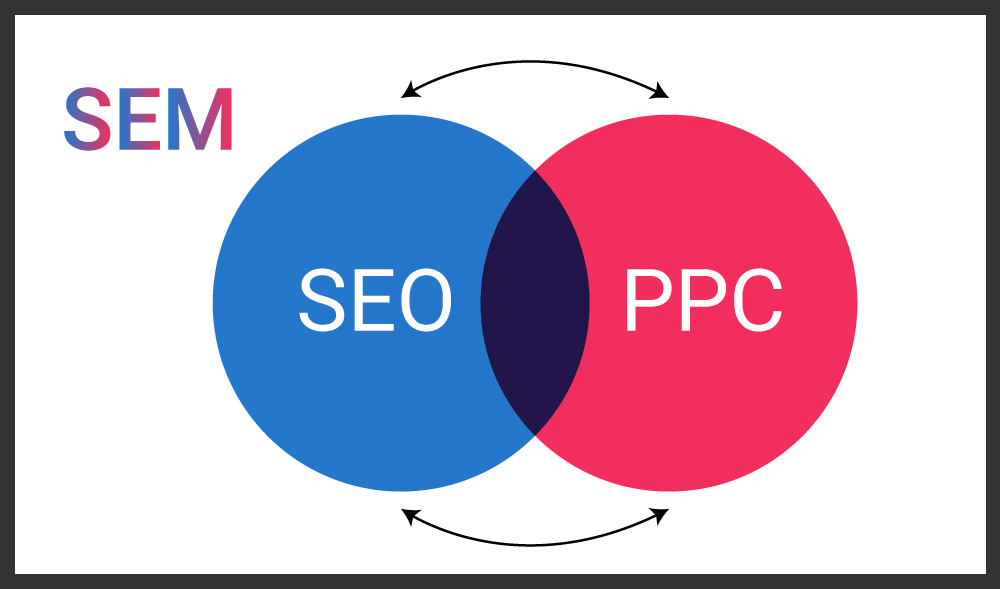
Many people consider PPC and SEM (search engine marketing) to be the same thing as both of these strategies are concerned with the marketing of your products/services through search engines.
Where PPC advertising relates to the kinds of ads you see at the top of SERPs, SEM is a broader term and encompasses various other kinds of ads through search engines (including PPC).
Search engine marketing includes both organic and paid digital marketing techniques. The utmost goal of SEM is to enhance the business’ visibility on major platforms like Google, Yahoo! and Bing. By and large, SEM involves SEO (search engine optimization) and pay per click (PPC) advertising.
PPC, on the other hand, is a paid online advertising where search engines are only paid when a user clicks on your ad and lands on your website.
Why Should You Use PPC?
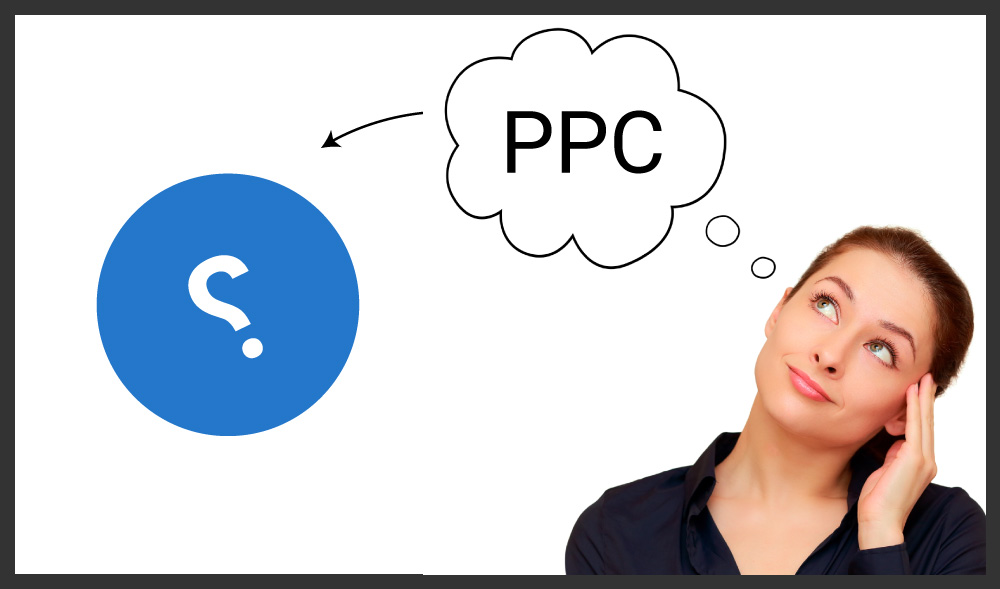
The following are various compelling benefits of PPC advertising:
- PPC is quantifiable and measurable. You can see the performance, the clicks and the conversions of your campaigns in real-time. You can also evaluate the traffic coming on your website and how the results correspond to your budget.
- PPC advertising is time-efficient. It allows you to create ads and set your campaigns quickly to help you find new prospects.
- It gives a better understanding of your customer’s behaviors and search patterns.
- Unlike traditional advertising, PPC is cost-friendly. You can set up a certain budget and take it slow. If you see positive results at the start, you can invest more quickly.
- You get a lot of options for targeting keywords. It can be through search ads or you can focus on a specific population on the display network.
- Your PPC ads can be displayed on and optimized for all devices including mobiles, tablets and desktops.
What is CPC in PPC?
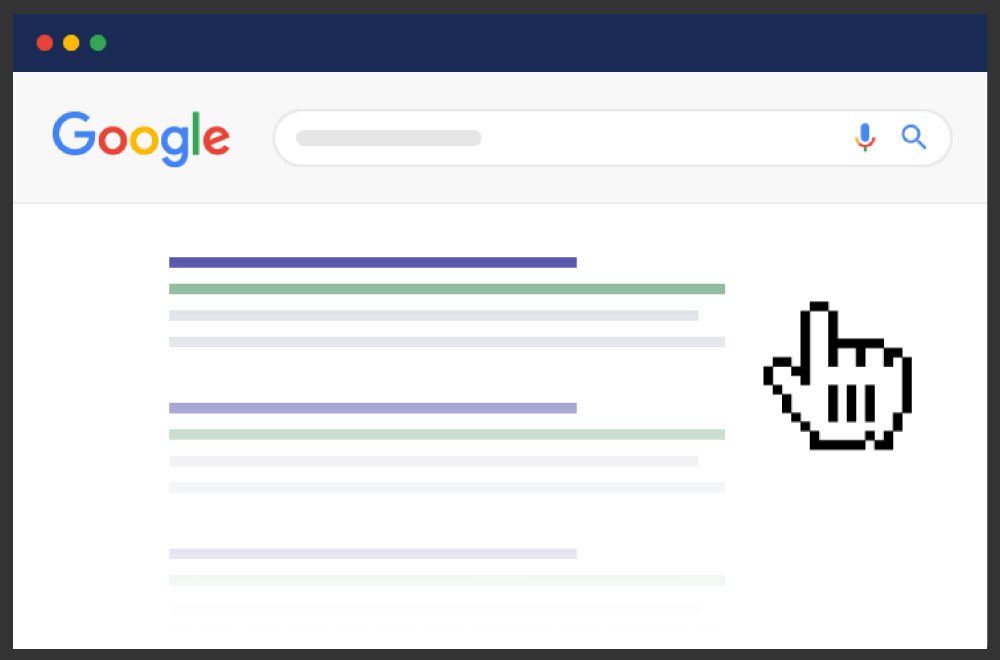
CPC or cost-per-click in PPC advertising is the cost you will pay every time a user clicks on your ad. This click refers to the user’s visit to your website or engaging with your services or products.
How to measure CPC?
CPC can be measured through factors like maximum bid, competitors ad rank and your Quality Score.
The formula to measure CPC, according to WordStream, is the following:
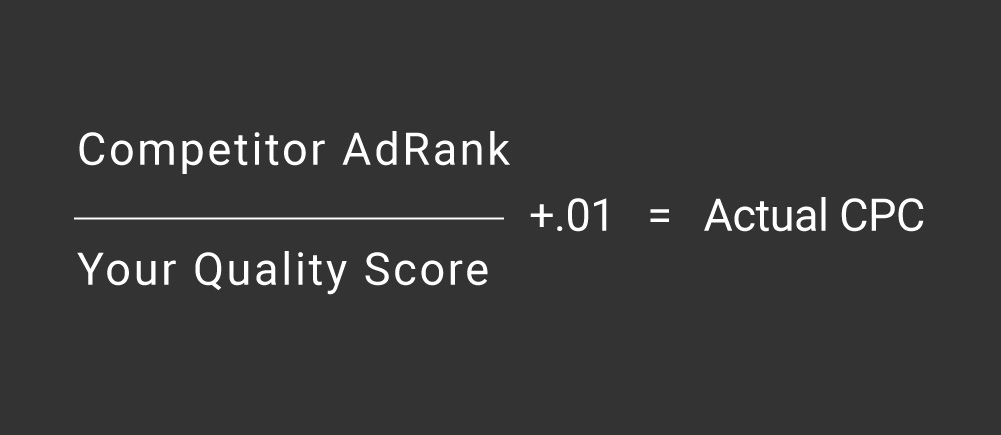
CPC isn’t a fixed thing. It keeps varying based on competition, keywords, campaign’s quality score, and other factors.
How Does Quality Score Affect CPC?
Quality Score is a rating determined by your landing page experience, its relevance, and the quality of your keywords and PPC ads in the search engine. CPC can have a great impact on the effectiveness and cost of any PPC campaign within Google Ads as it’s a key factor Google uses to calculate the cost-per-click.
The main factors that may affect your quality score are:
- Click-through-rate (CTR)
- Relevance and quality of landing page
- Relevance and quality of ads
- Relevance and quality of keywords to your ads
- Your website’s performance
To attain a good quality score, you must thoroughly research your keywords, organize them into ad groups, include them in your ad text and optimize the landing page of your website. A good quality score guarantees lower costs and higher rankings.
CPC has proven to be very important in pay-per-click campaigns. It’s a factor that contributes to the success of your PPC campaign.
How to Improve CTR?
CTR or click-through-rate is the ratio that estimates how many people are clicking your ad when they see it. A high CTR means that your ad campaign is successful and helpful for the audience.
To improve the CTR of your ads, you can:
- Use ad extensions like third-party rankings and reviews to increase visibility.
- Use special signs or symbols to make your ad stand out.
- Add a call-to-action in your ad text.
- Add main target keywords to your URL and titles.
Google Ads Optimization
Google Ads is one of the largest PPC networks owned by the search engine giant. This platform has a huge audience reach and encompasses millions of partner businesses. People from around the world use it every day to drive traffic to their websites and engage with their audiences.
How to Optimize Google Ads?
This is a topic broad enough to deserve a complete post. Nevertheless, you can begin optimizing your Google Ads account and draw more relevant traffic to your site by following the steps given below:
- Use keyword research tools to find high-performing keywords.
- Focus on keywords that are performing well and remove all other keywords from your ad text.
- Change or adjust the bids to make your keywords eligible.
- Keep reviewing ads and do A/B testing. Make sure that your value proposition is highlighted. Include meaningful call-to-action.
- Use ad extensions like contact number, business address, services/products, etc.
- Make sure that your ad and campaigns are well-crafted and well optimized.
- Use conversion tracking to keep an eye on how your campaign is performing.
How to Lower Your CPC in Google Ads?
To lower your CPC for the keywords enables you to succeed and stay competitive in your online marketing efforts.
The following are a few tips you may consider to lower your CPC:
- Find long-tail keywords that have high search volume but low competition.
- Lower your bids. This will enable you to afford more clicks and show more ads during that time with the same budget.
- Make sure that your keywords are relevant to your ads. To do this, add your target keywords to your ad’s headline and descriptions.
- Use A/B testing to see the viability of different ads, keywords, and landing pages.
To make sure your PPC campaign succeeds, you must find a perfect balance of cost and visibility. Create a distinctive campaign according to your business’ size, market position, niche and geographic location. Constantly research and re-evaluate your keywords to ensure you get the most bang for your marketing budget.
 +1-713-701-5823
+1-713-701-5823 +92-518-441-742
+92-518-441-742